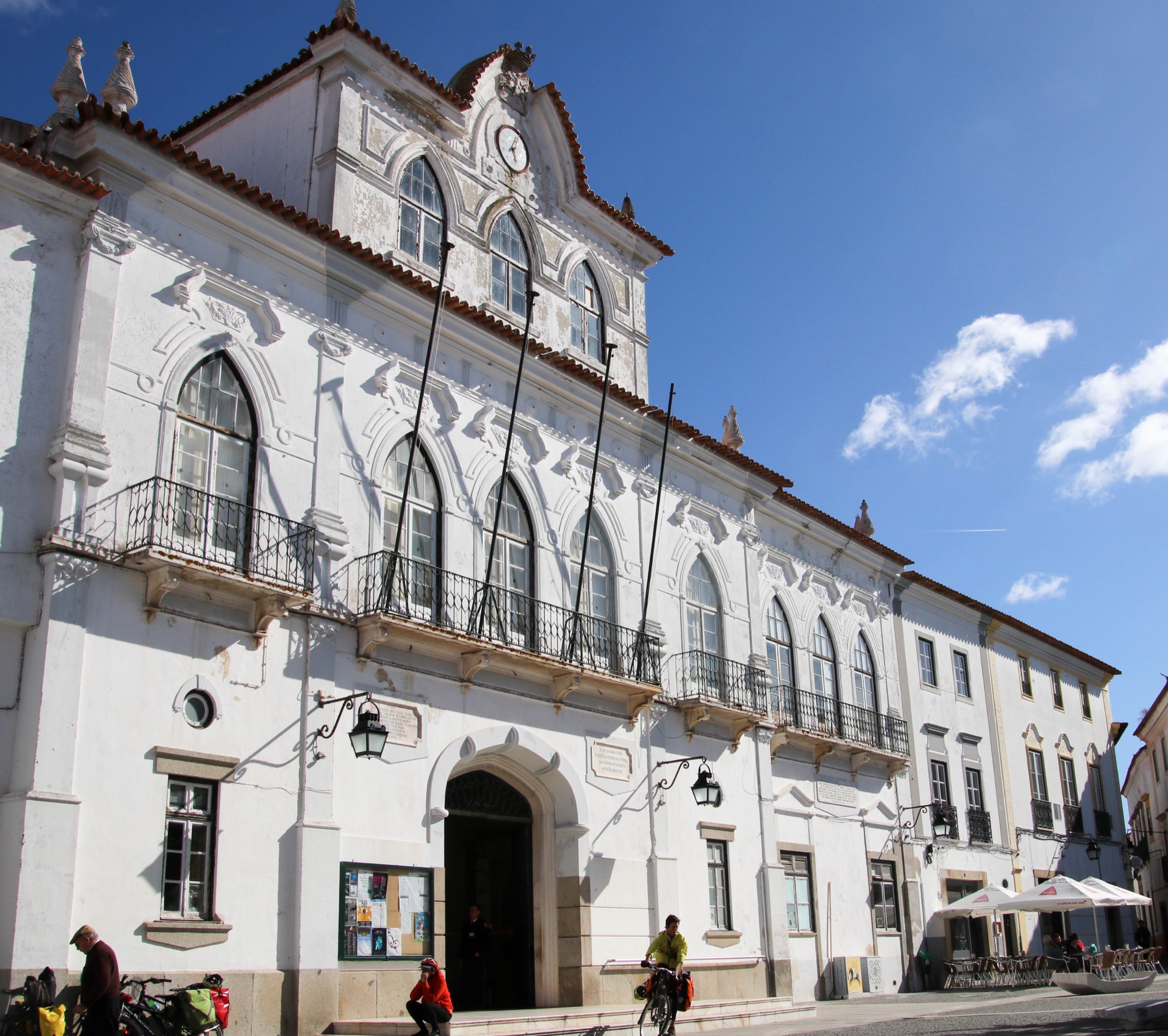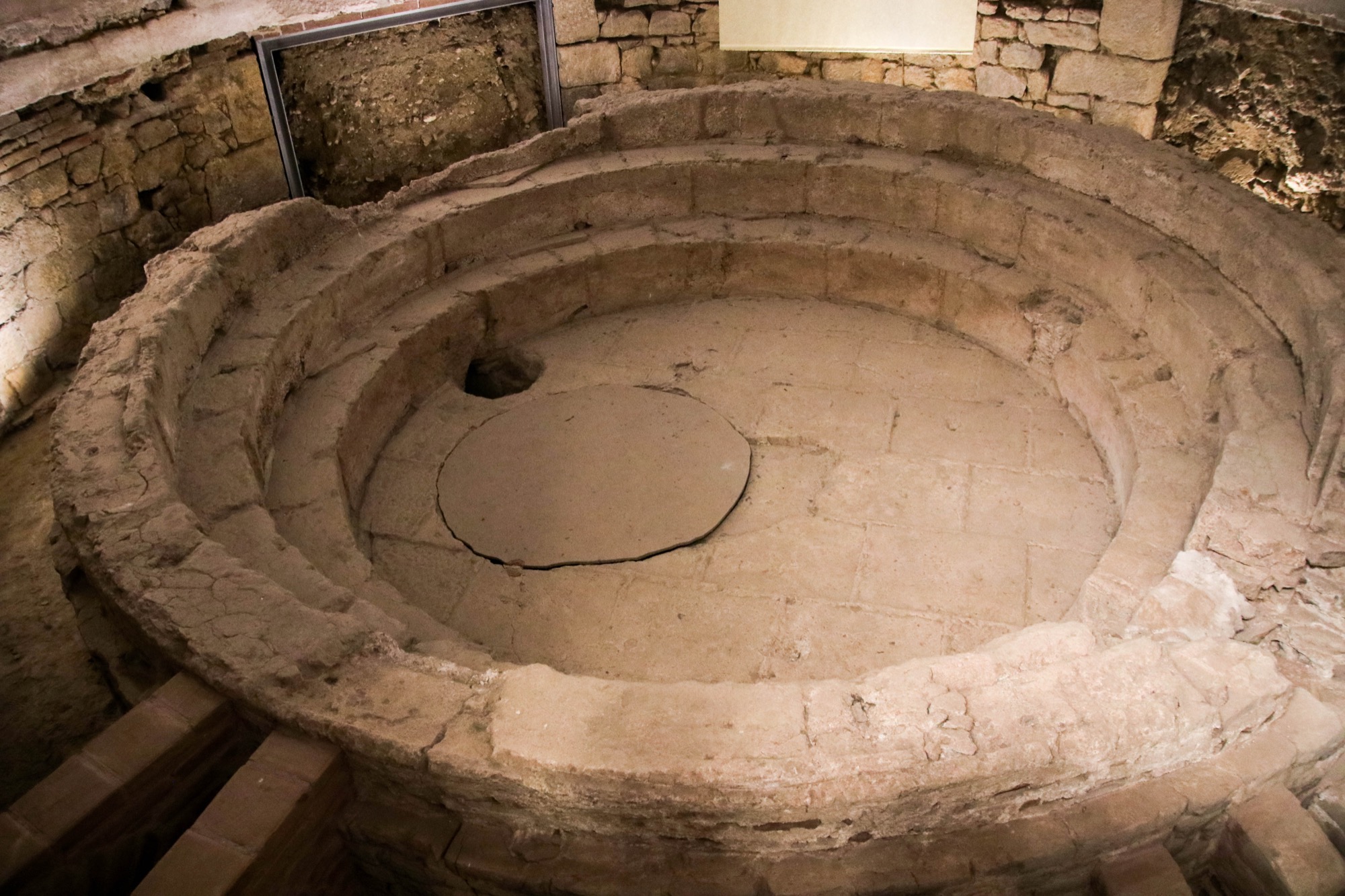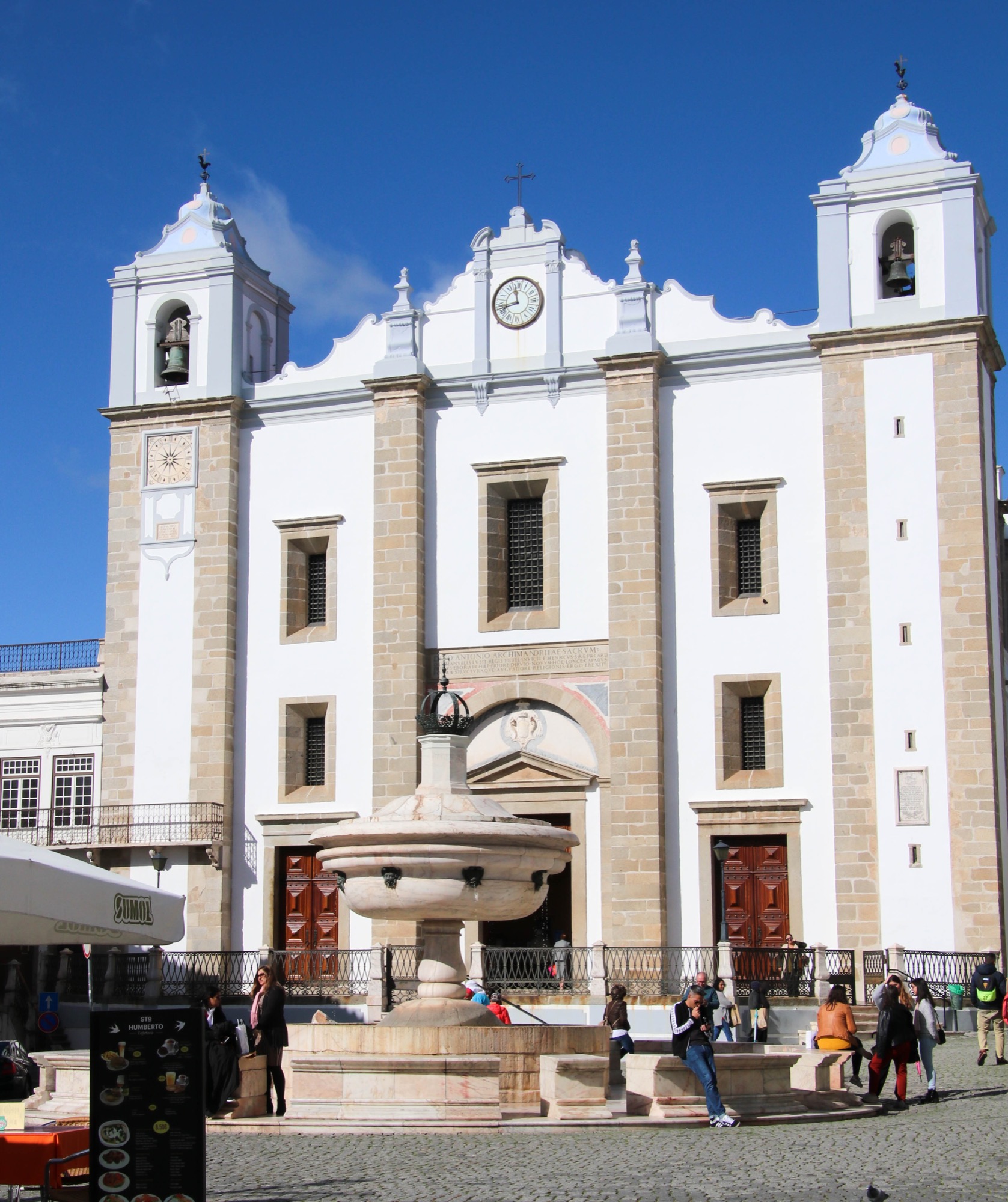Peacocks
While visiting Saint George's Castle we came across a large group of peacocks. The birds were strutting around near the cafe and many were roosting in a nearby tree.
While visiting Saint George's Castle we came across a large group of peacocks. The birds were strutting around near the cafe and many were roosting in a nearby tree.
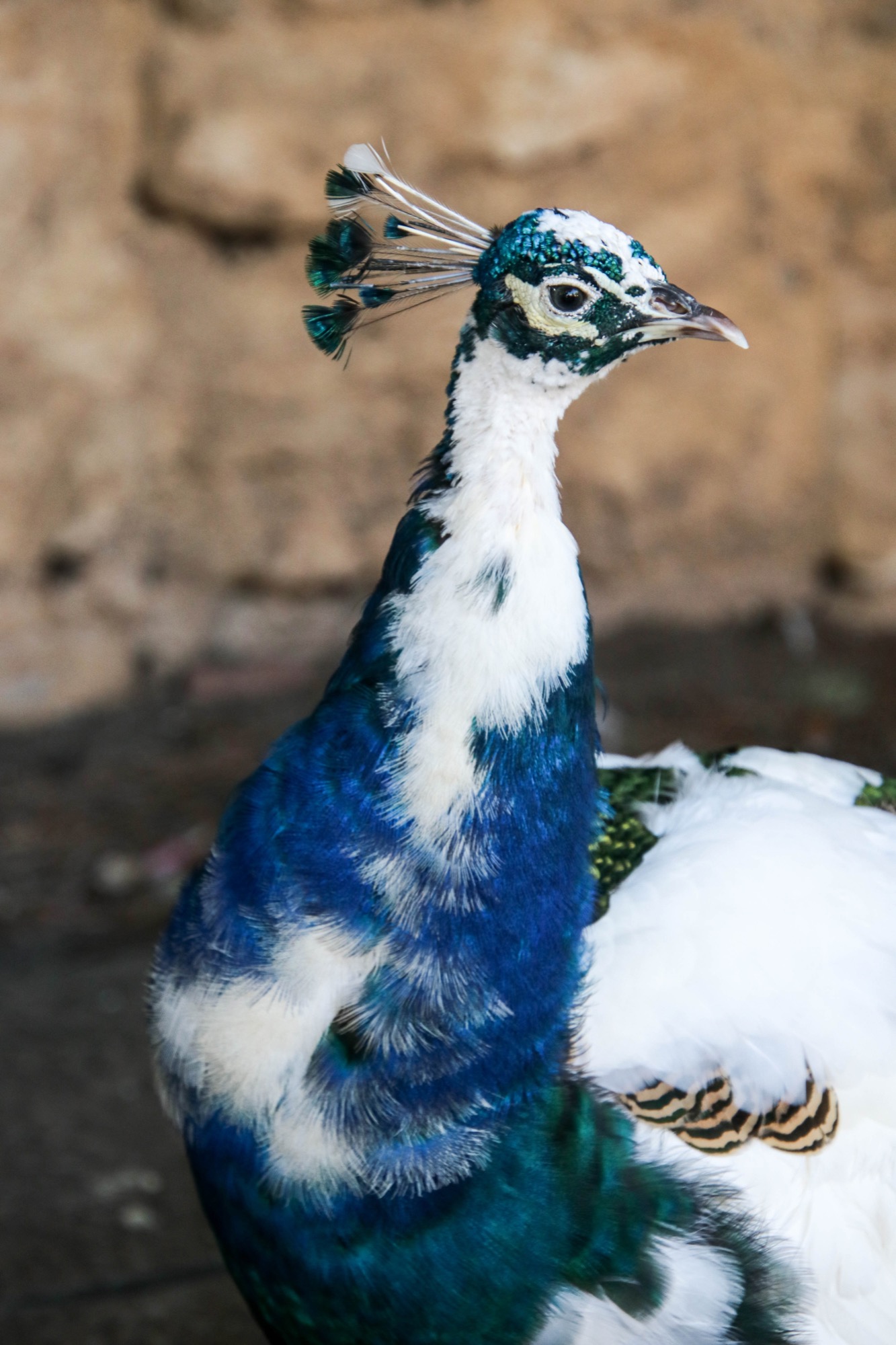
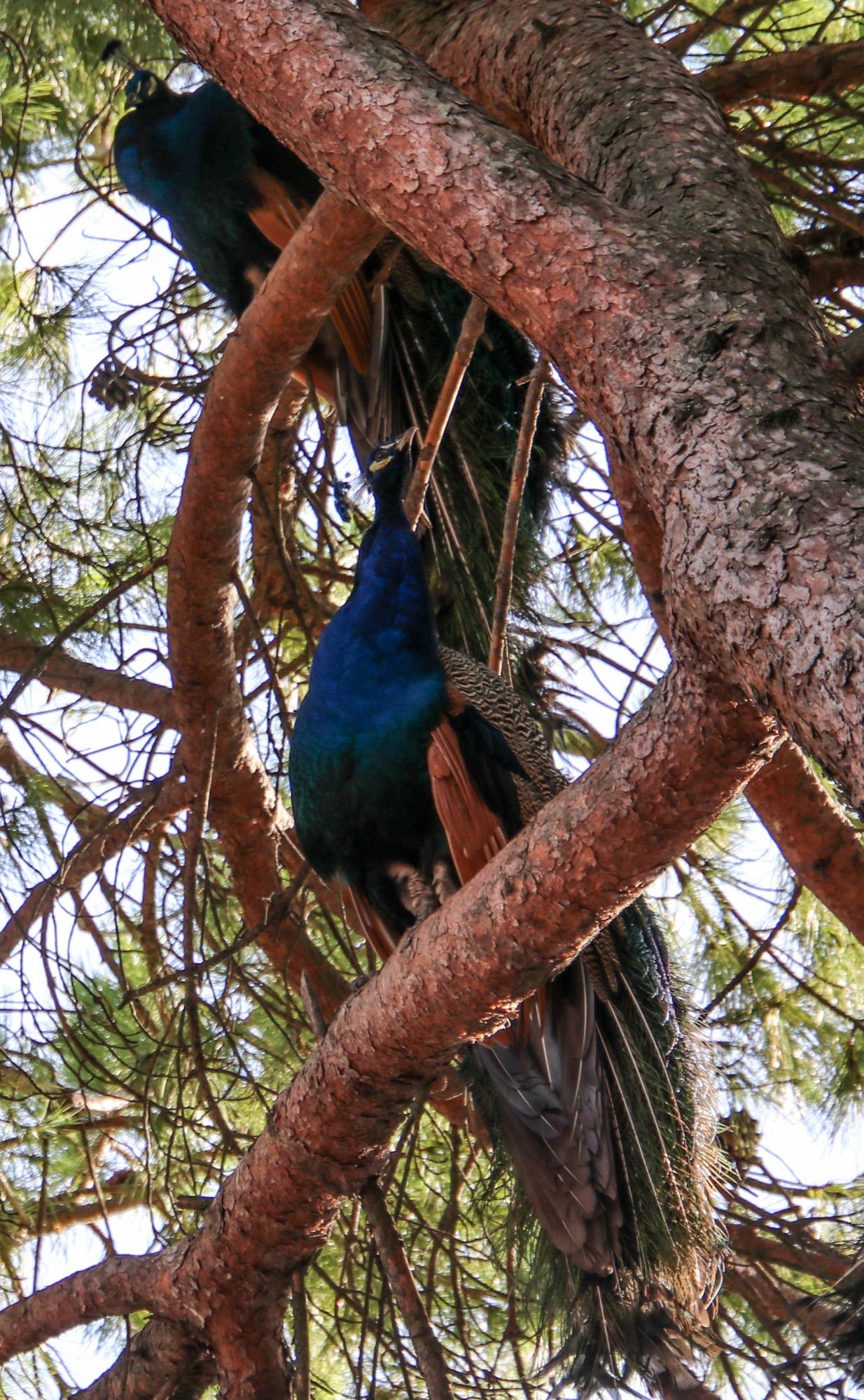


The Time Out Market is the modernized version of an old market that has occupied the same location since the 1890s. Time Out, which has become a trendy place to dine, has more than 40 stalls, mostly restaurants, and a large communal seating area. Many of the city's best known chefs prepare food at restaurants located here.
We decided to try a pastel de nata, or Portuguese custard tart, which is a very popular treat eaten throughout the country. The tarts originated around the 18th century at a Lisbon monastery. Egg whites were commonly used during this time period to starch the clothing of friars and nuns. The leftover yolks were used in various recipes, including the tarts.
When monasteries were closed down in 1834, the recipe was sold to a nearby sugar refinery who opened a bakery, Pasteis de Belem, to sell the tarts. The descendants of the original owners still own that bakery to this day. The custard tarts that we tasted were rich, creamy, and very flavorful.
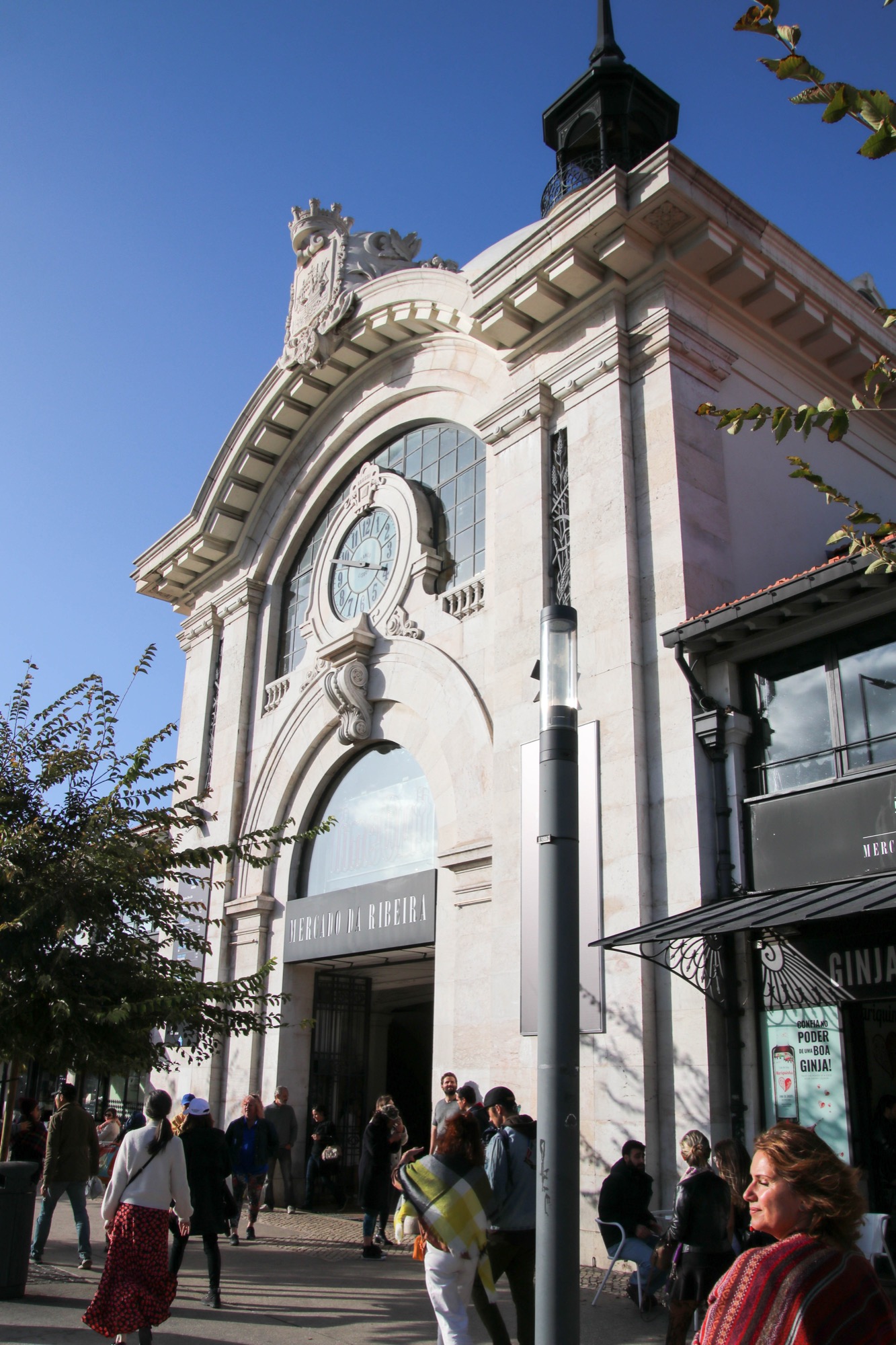


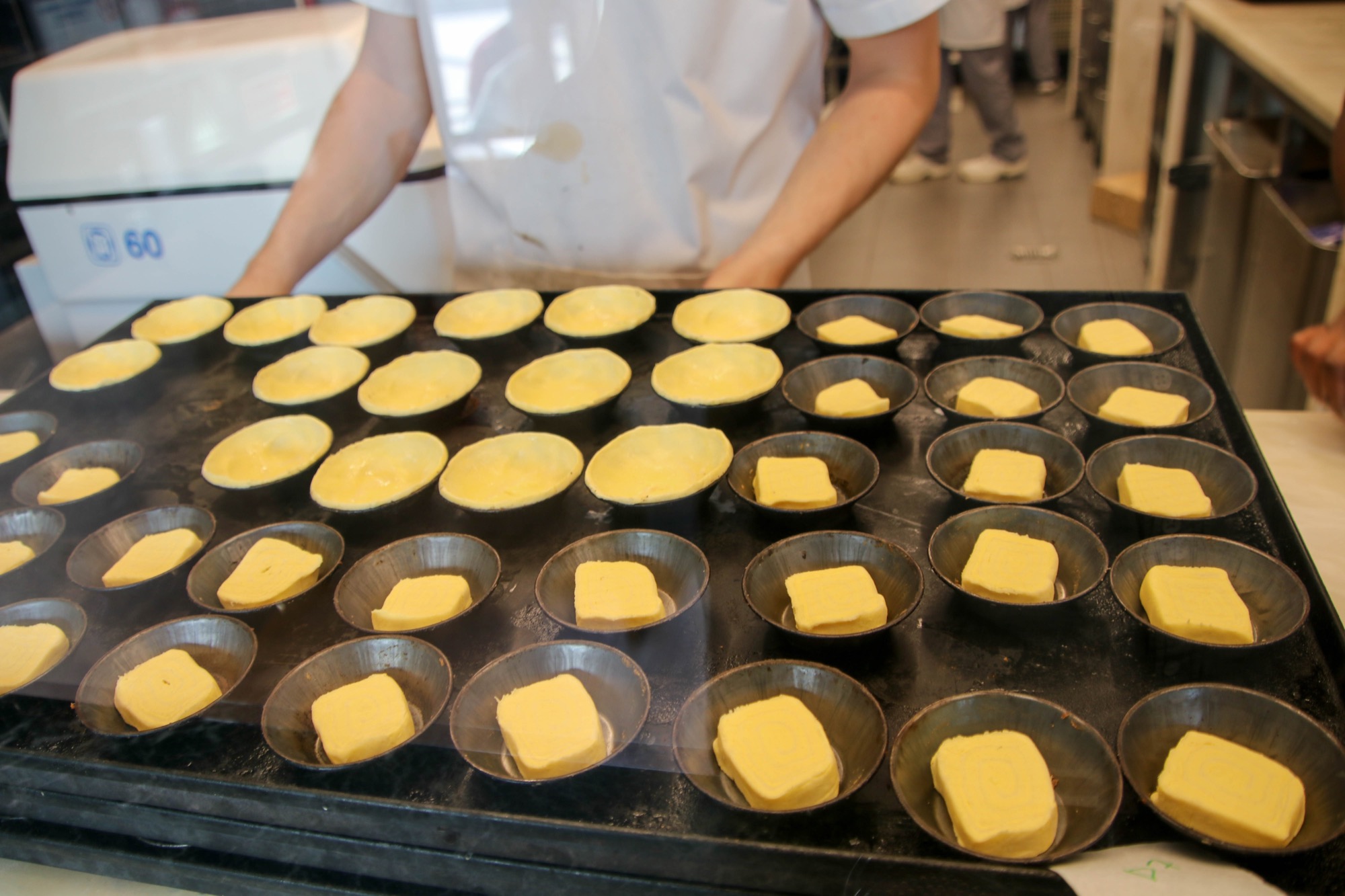



The LX Factory is located in an old industrial complex that has undergone urban renewal to create a complex of shops, bars, restaurants, and some very interesting street art.
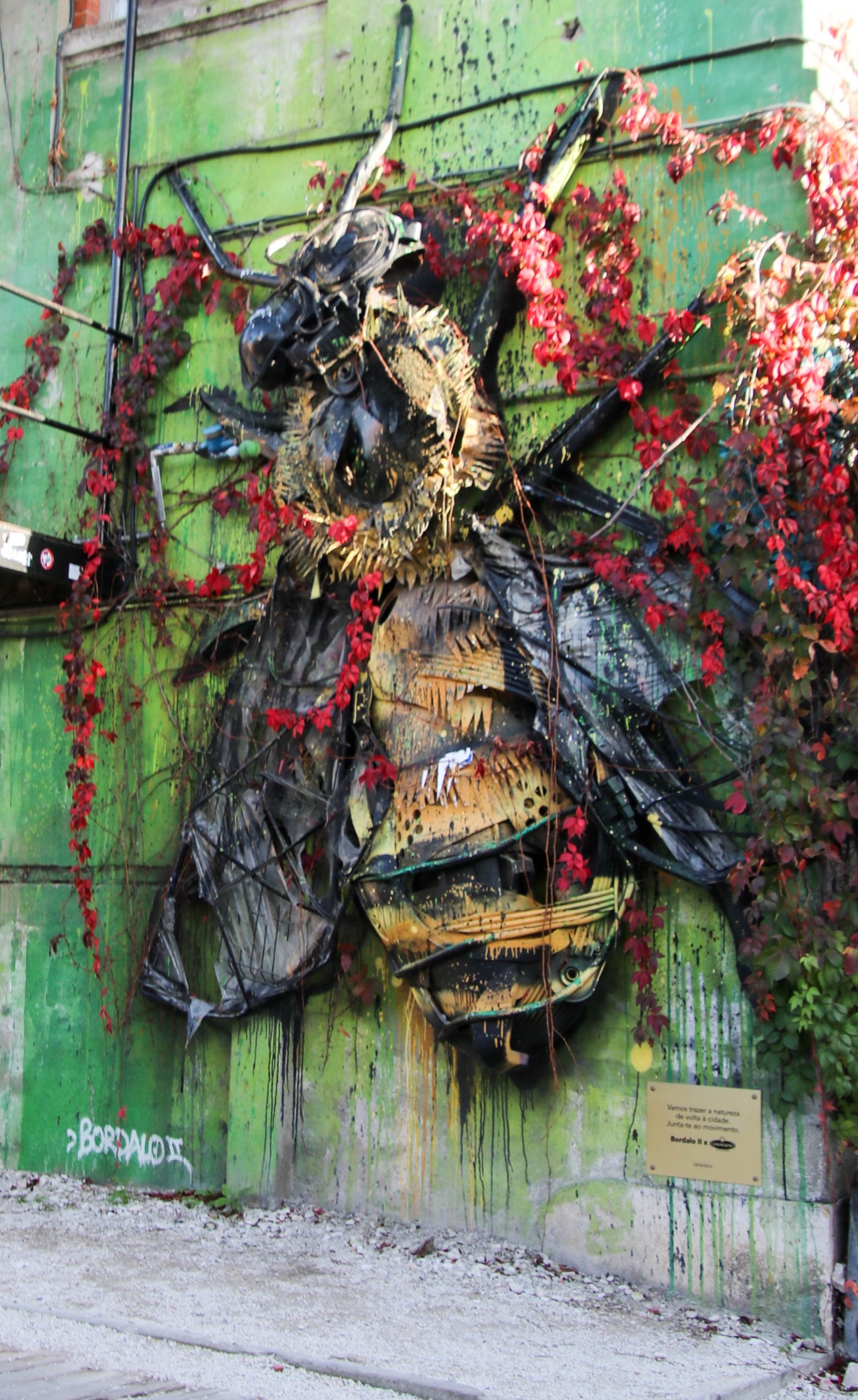

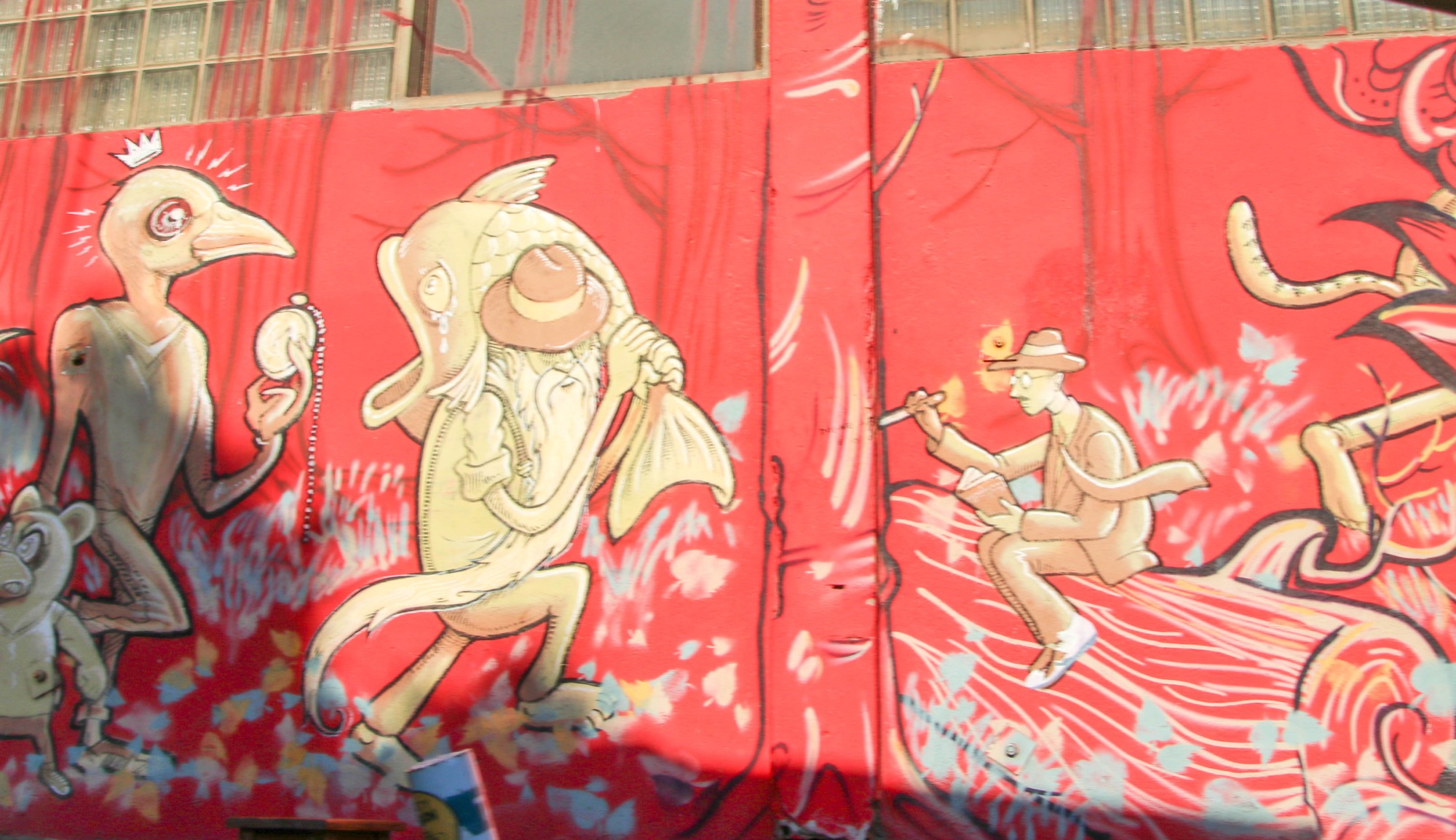
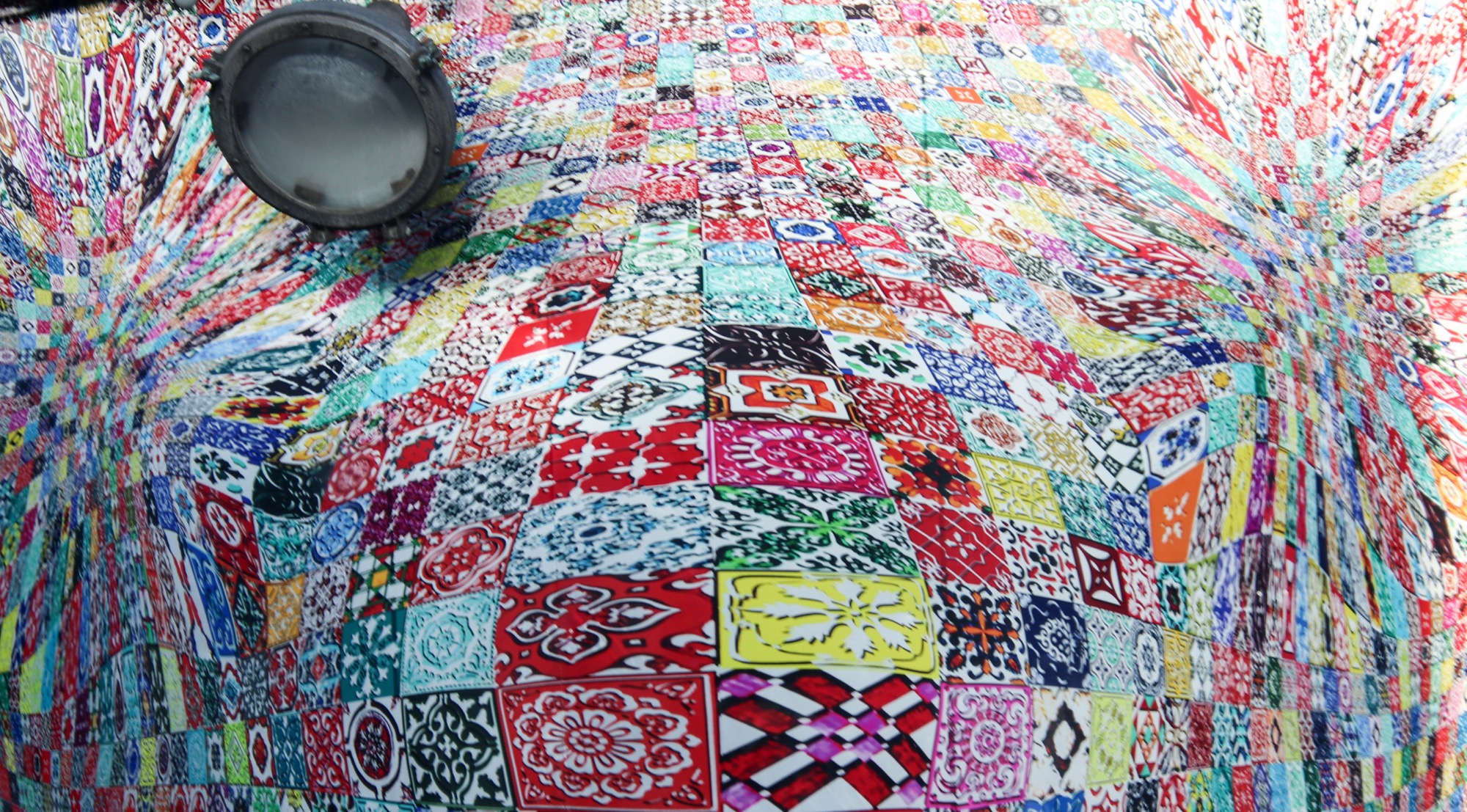
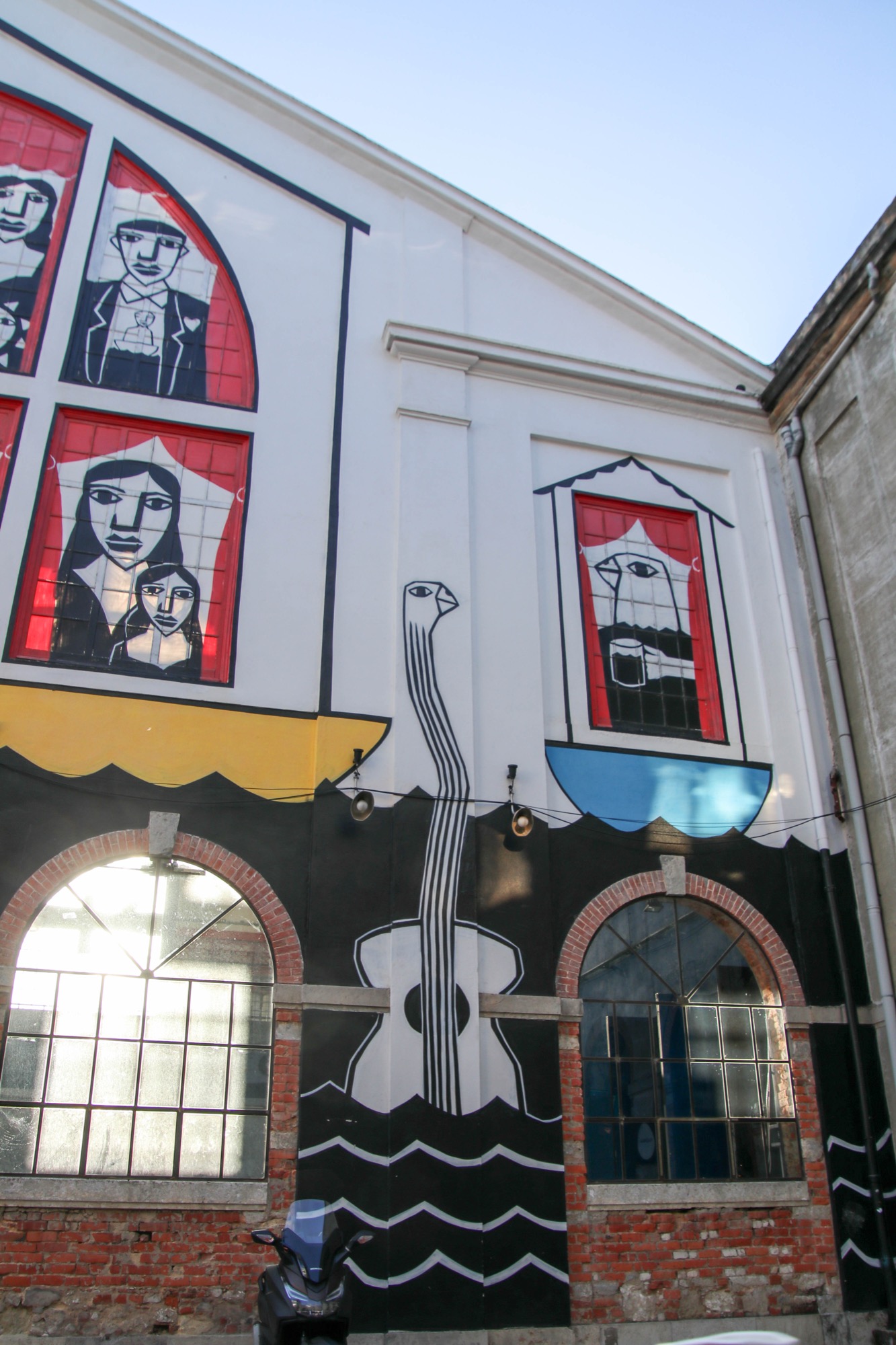

While in Lisbon, we stayed at the Tivoli Hotel.
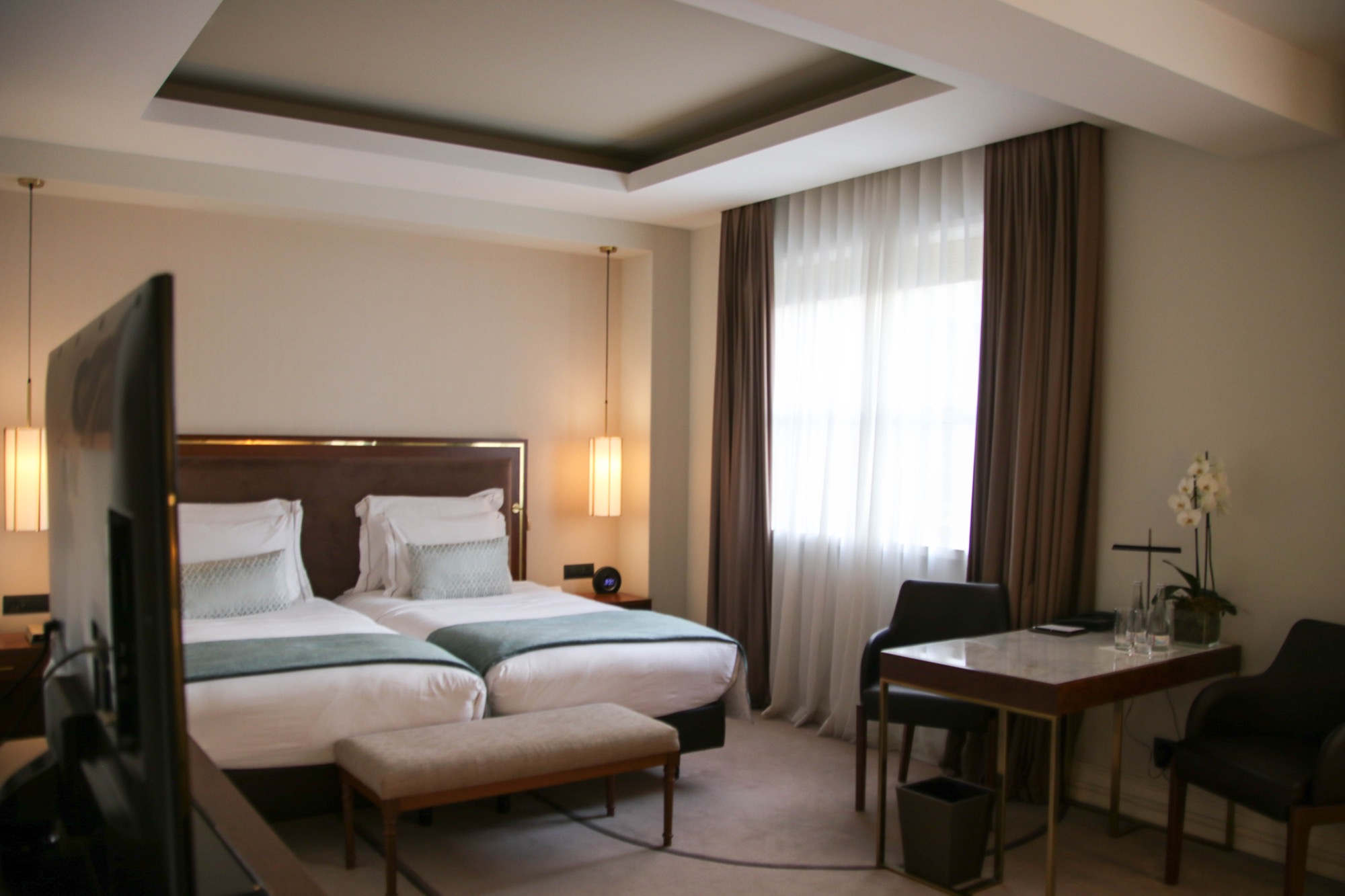


While driving through the countryside from Lisbon to Evora, we drove through Portugal's largest cork oak (Quercus suber) forest. There were also forests of Umbrella Pines (Pinus pinea) and and olive trees (Olea europaea).
Cork oak trees, which can live as long as 200 years, must be at least 25 years old before they are harvested. The trees are then harvested every nine years by teams of two who strip the outer bark with axes. Portugal produces more than 50% of the cork in the world. It is interesting to note that a typical tree will yield about 100 pounds of cork each time it is harvested. That equates to about 4,000 corks.
The Umbrella pine trees produce pine nuts which is another staple crop. Portugal is also the 7th largest producer of olive oil, producing about 70,000 tons per year.
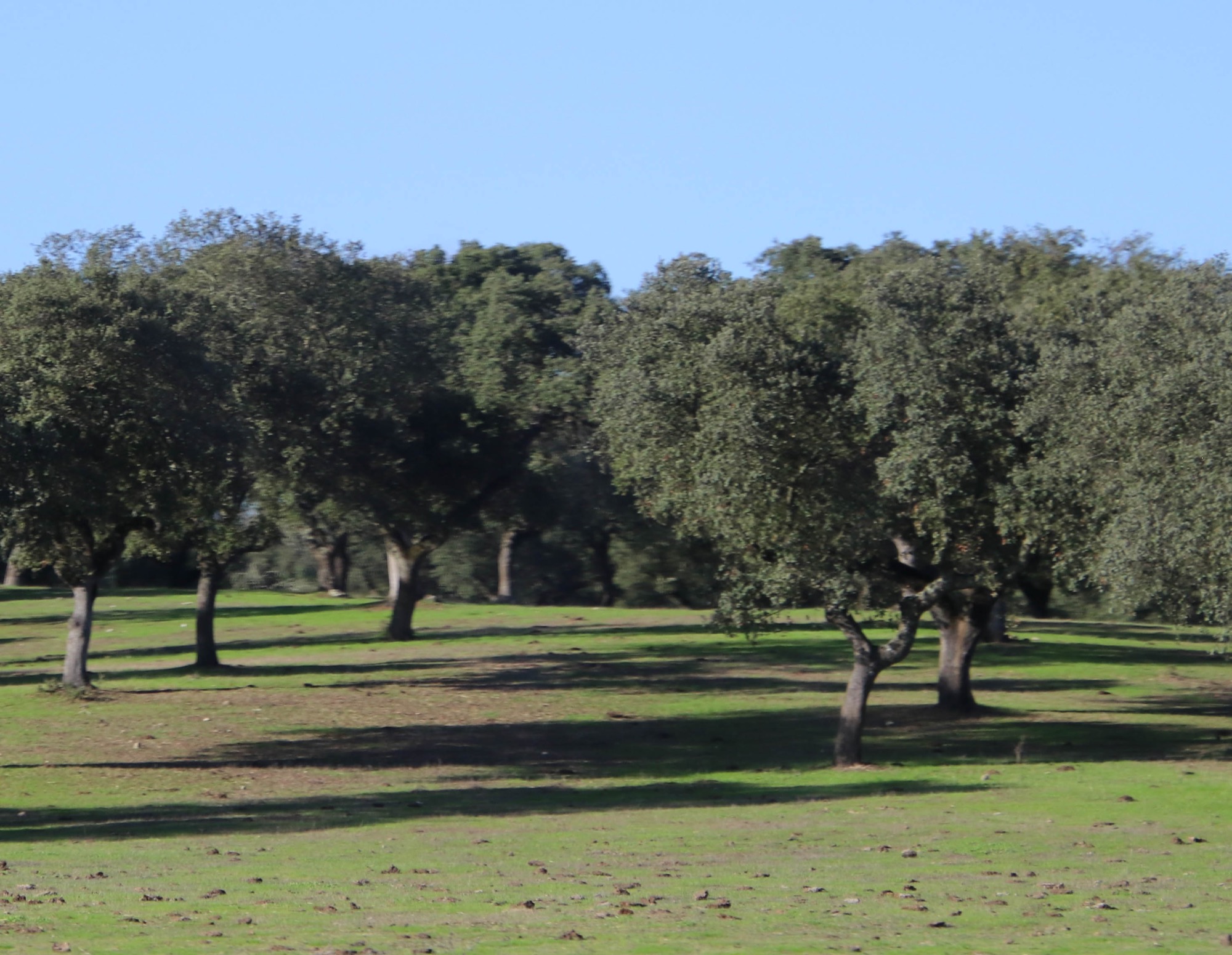

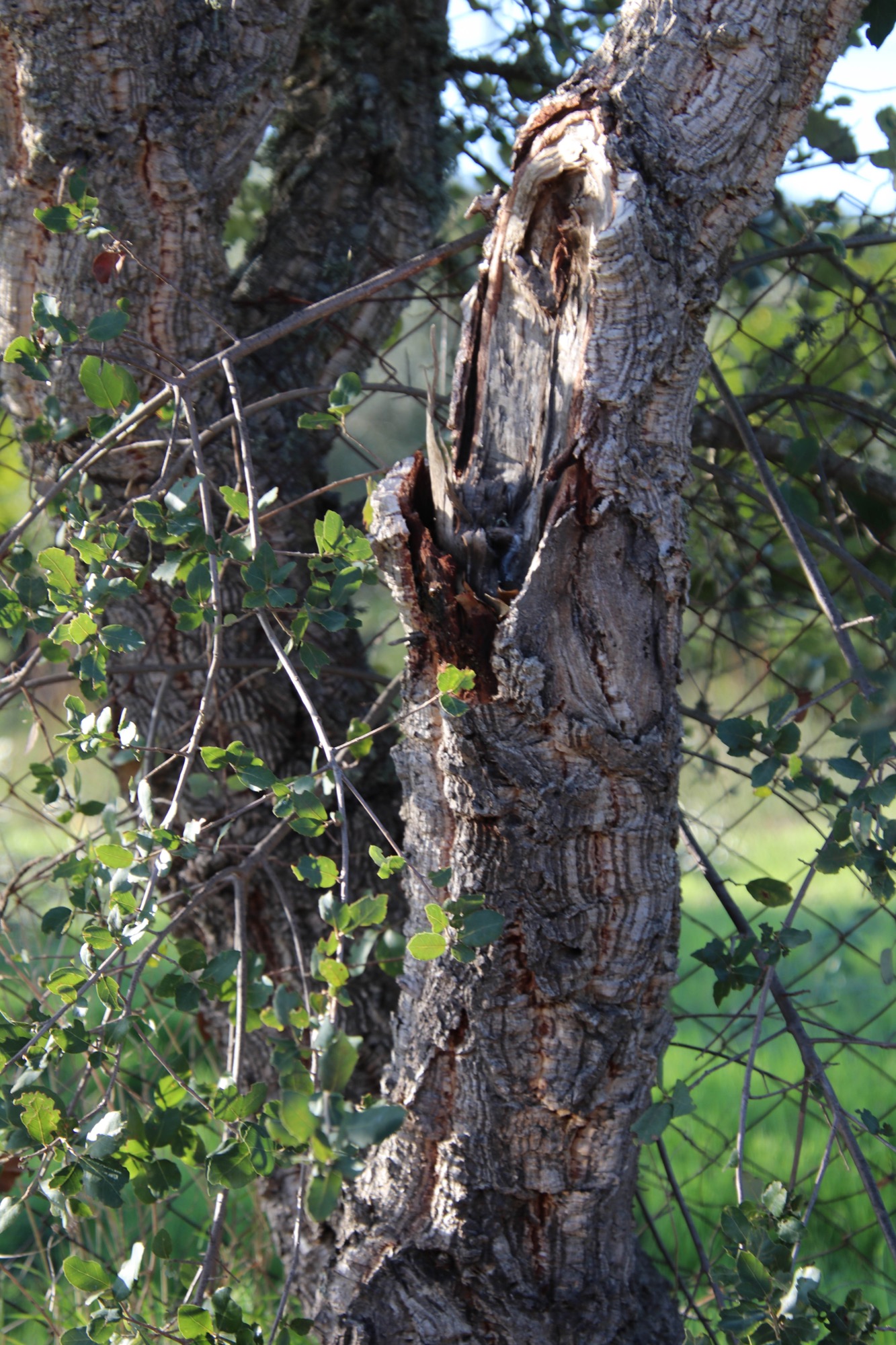


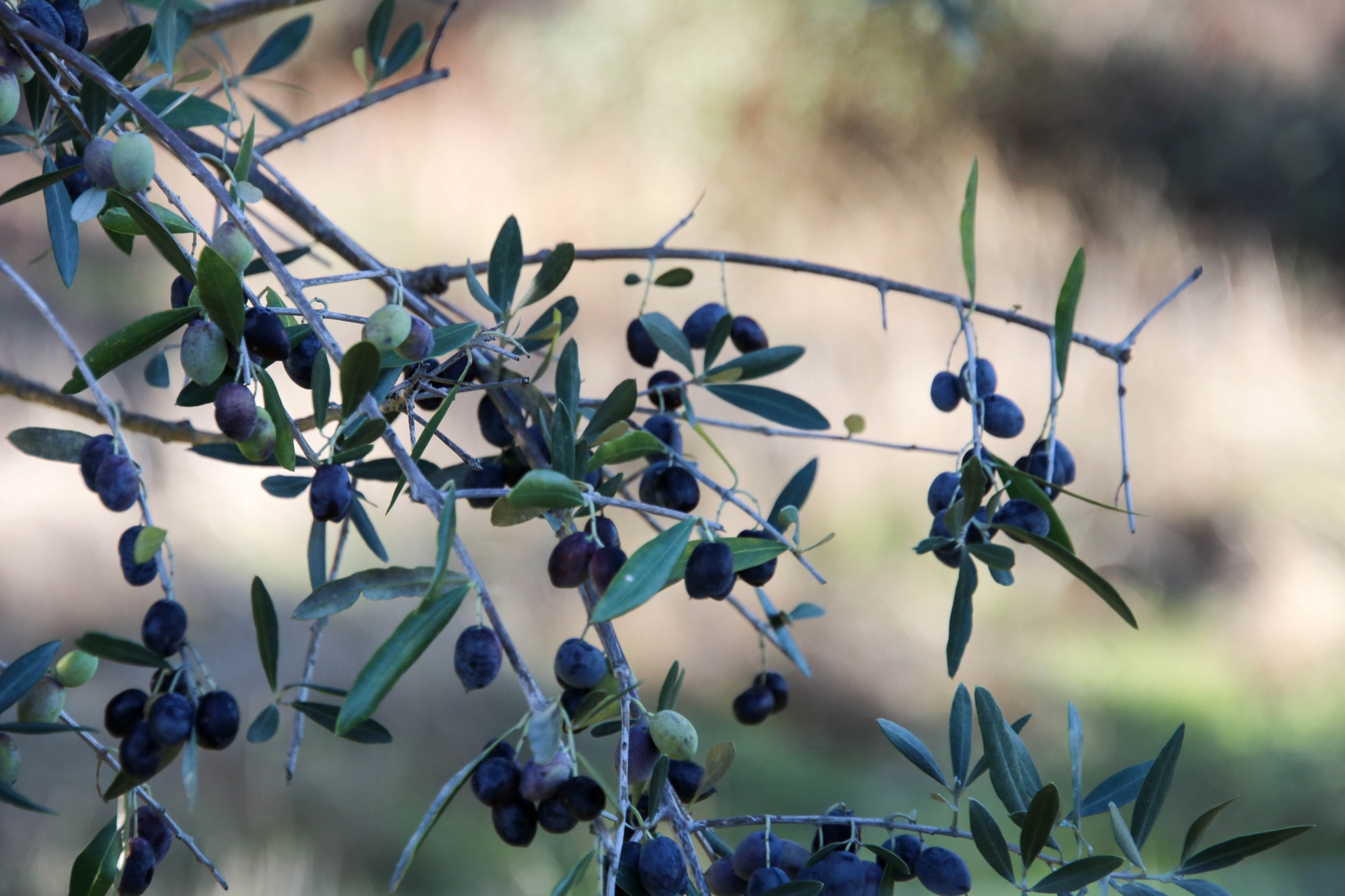
Saint Francis Church, which was built in the late 15th century, is a Gothic Style church. The church also housed a small museum with some interesting religious artifacts.
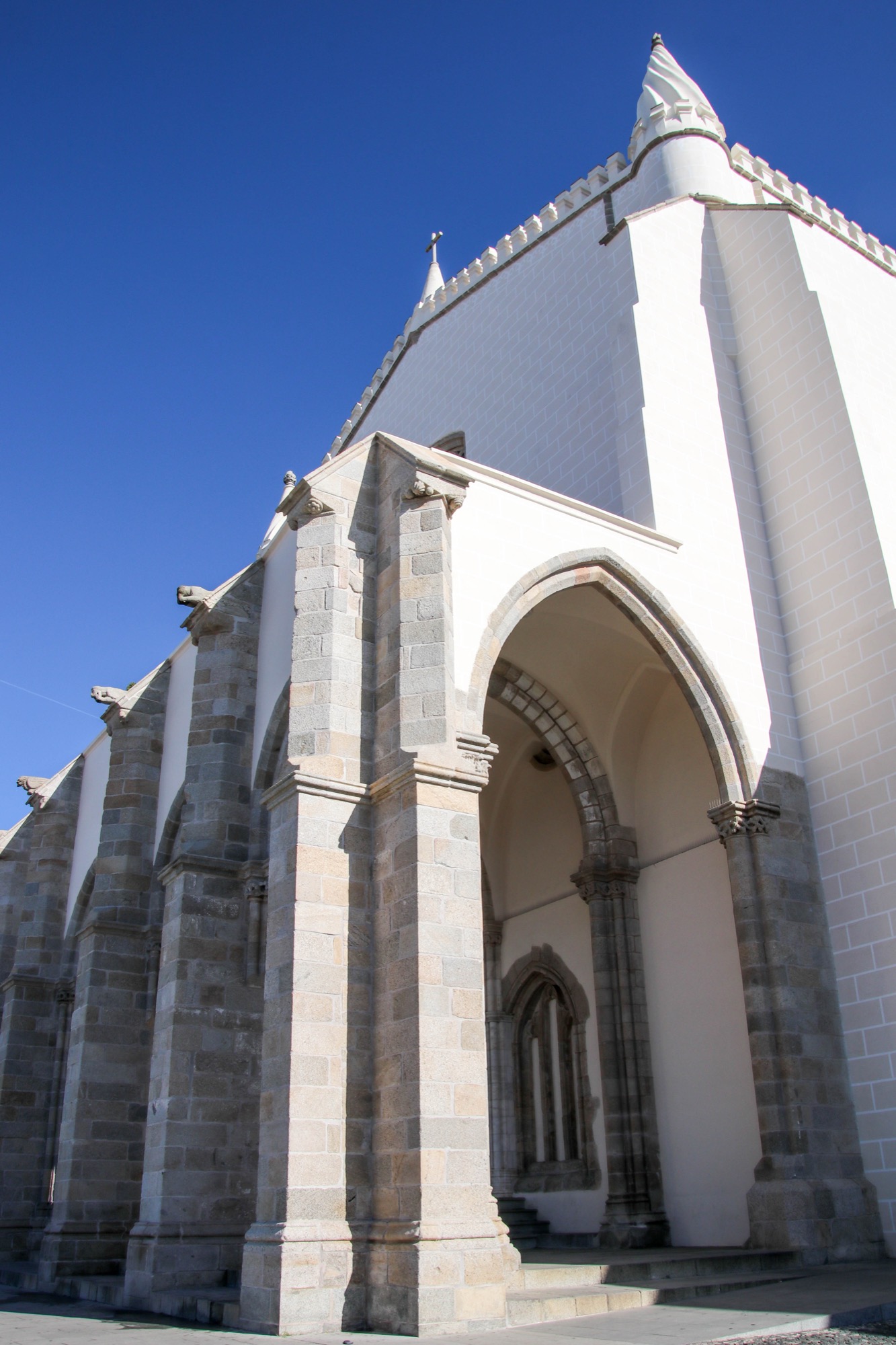
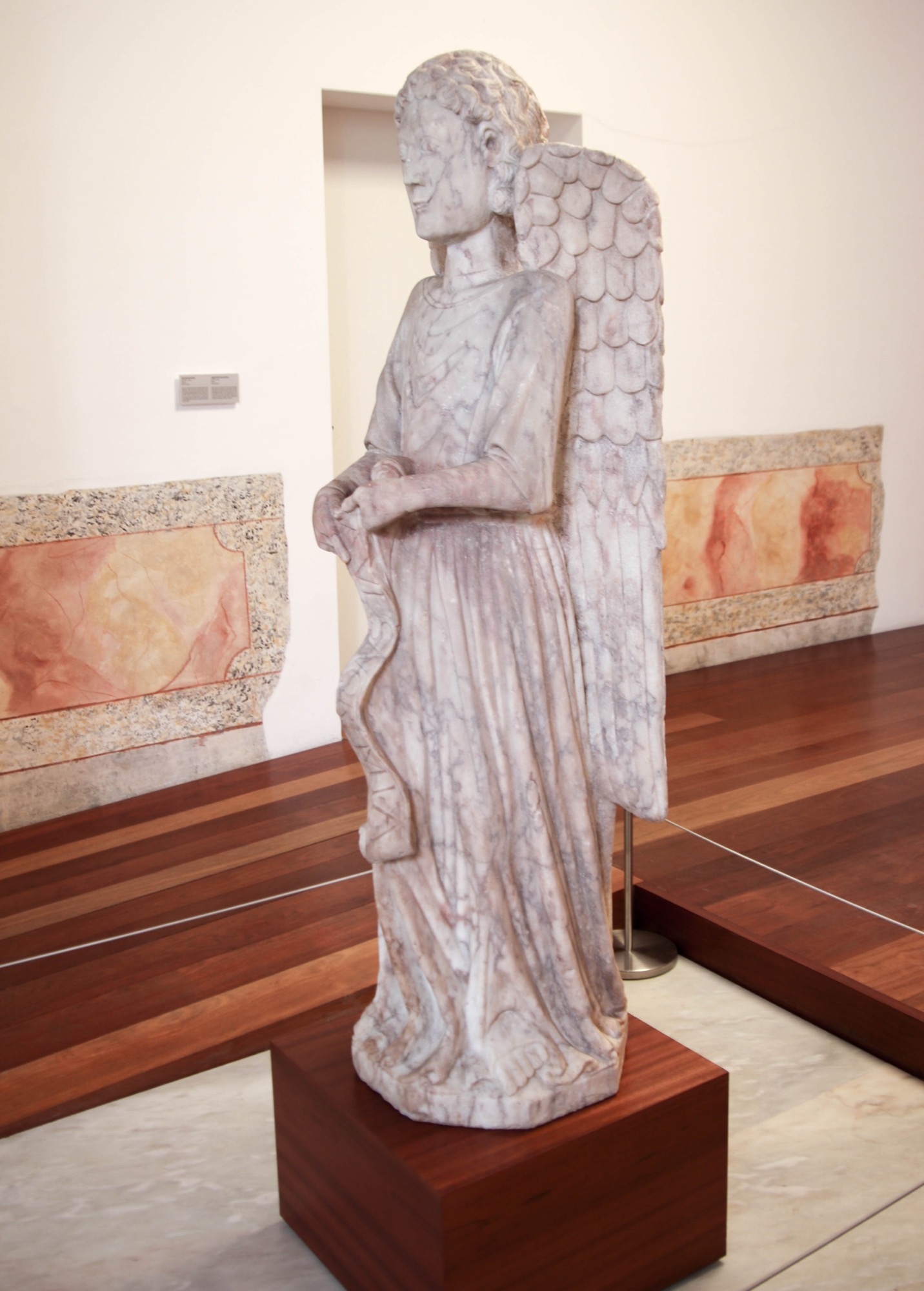
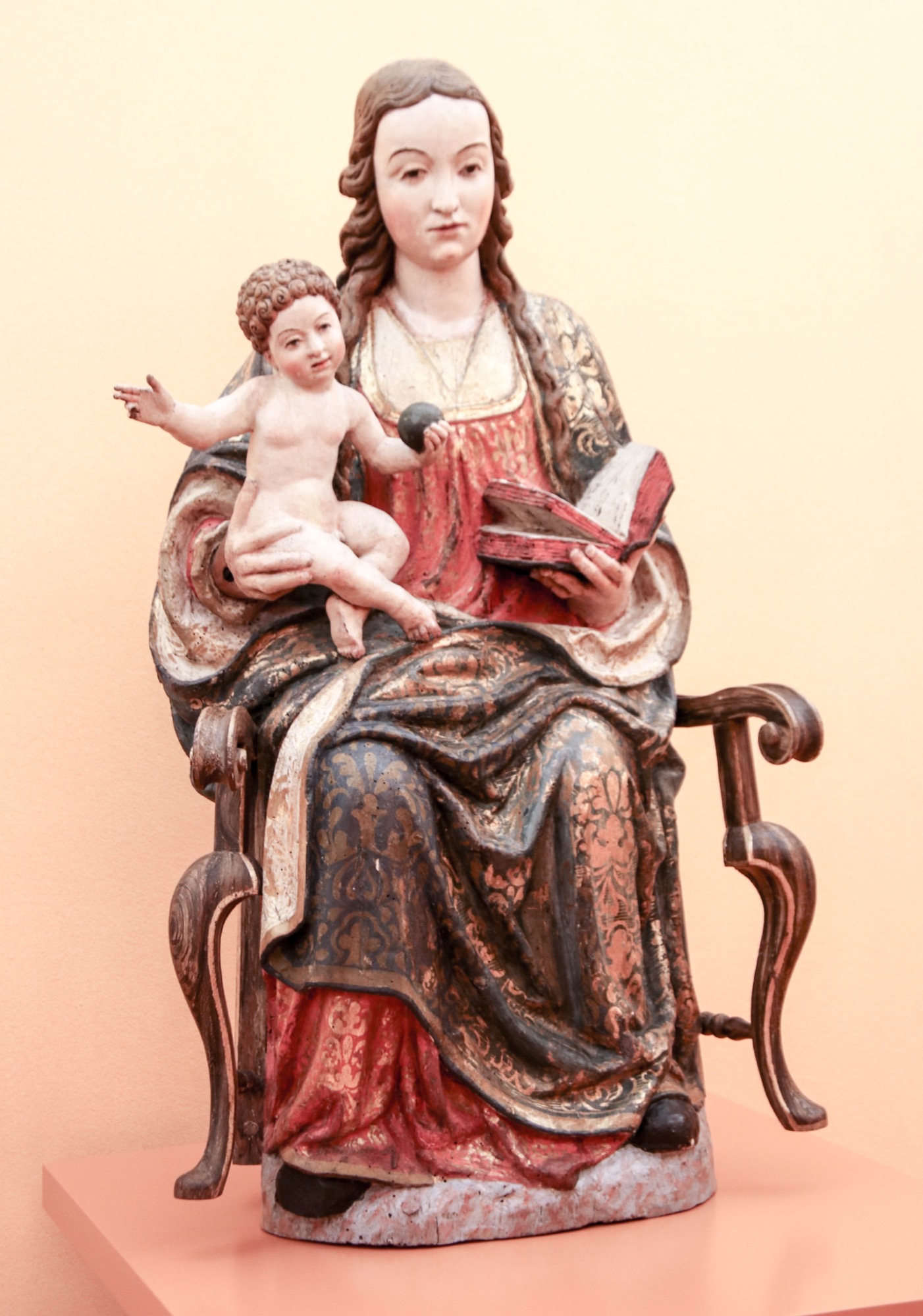

Inside the church there were some very ornate alter pieces. The light from the stained glass windows gave everything a very colorful appearance.

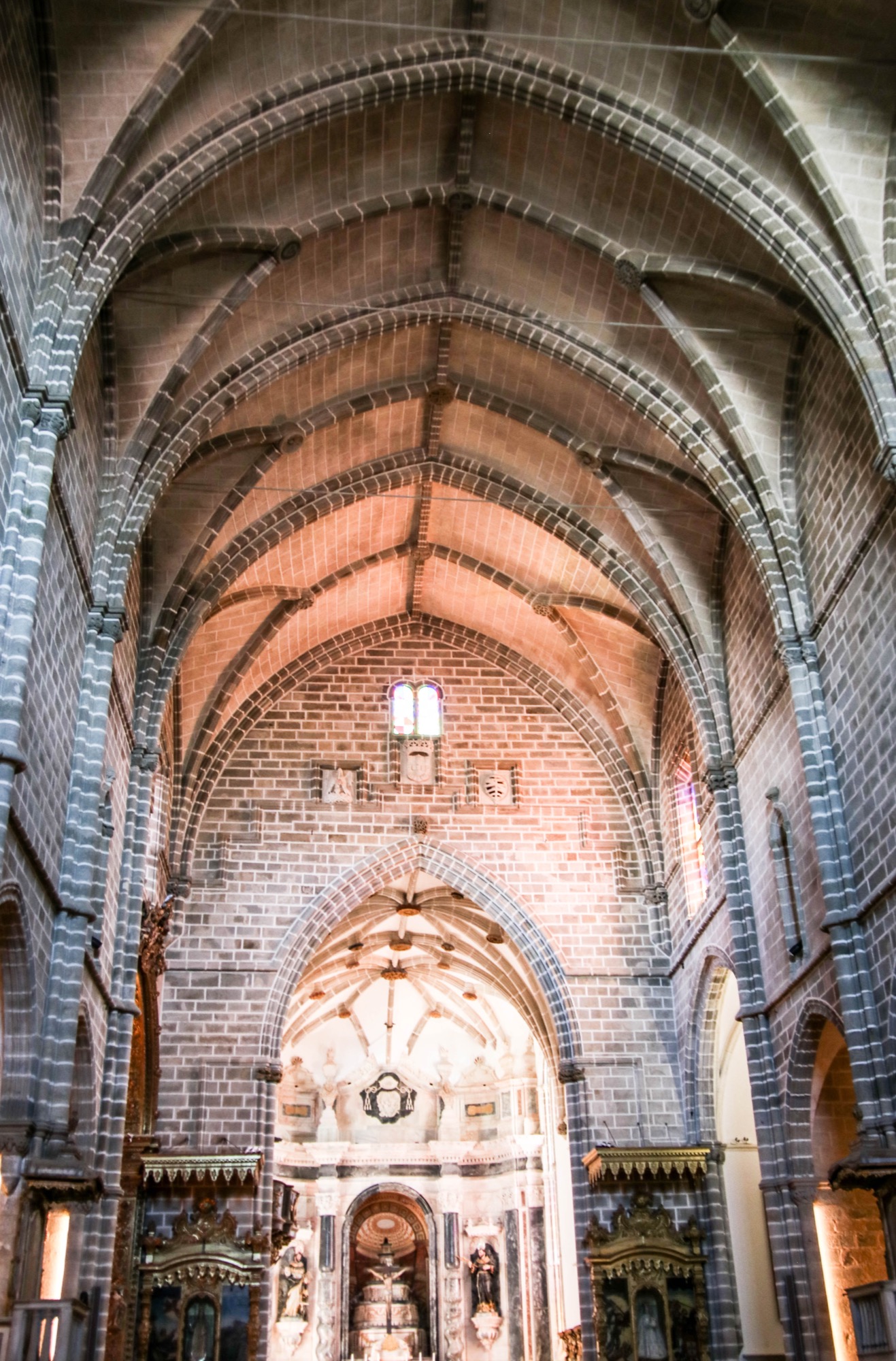

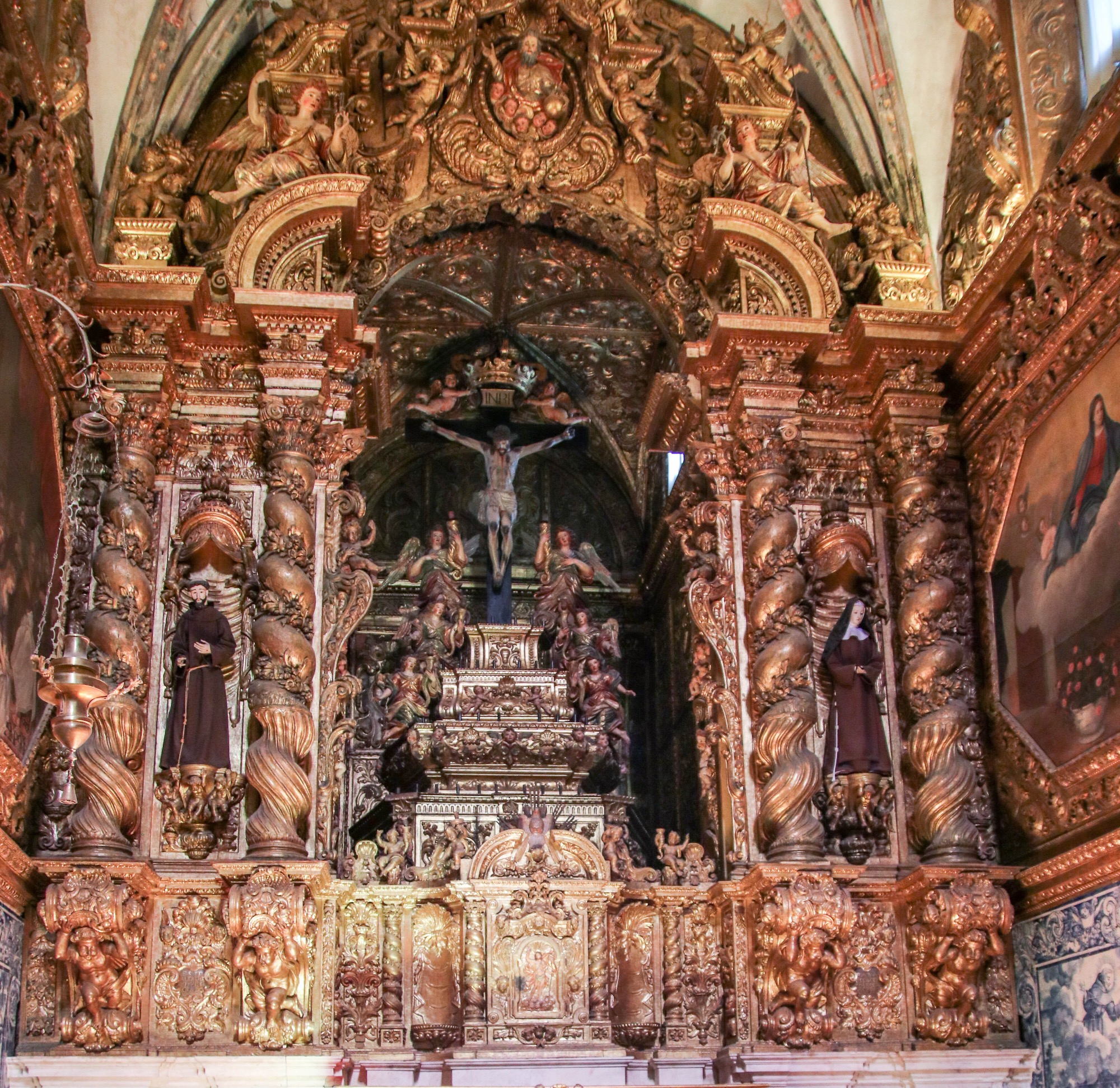

Perhaps the most interesting part of the Saint Francis Church is the Chapel of Bones. The chapel was built in the 16th century by an order of Franciscan monks. The chapel walls are completely covered with human bones and skulls. It has been estimated that the bones of 5,000 different corpses were used in the chapel.
The bodies of a mummified woman and child are also on display at the chapel.
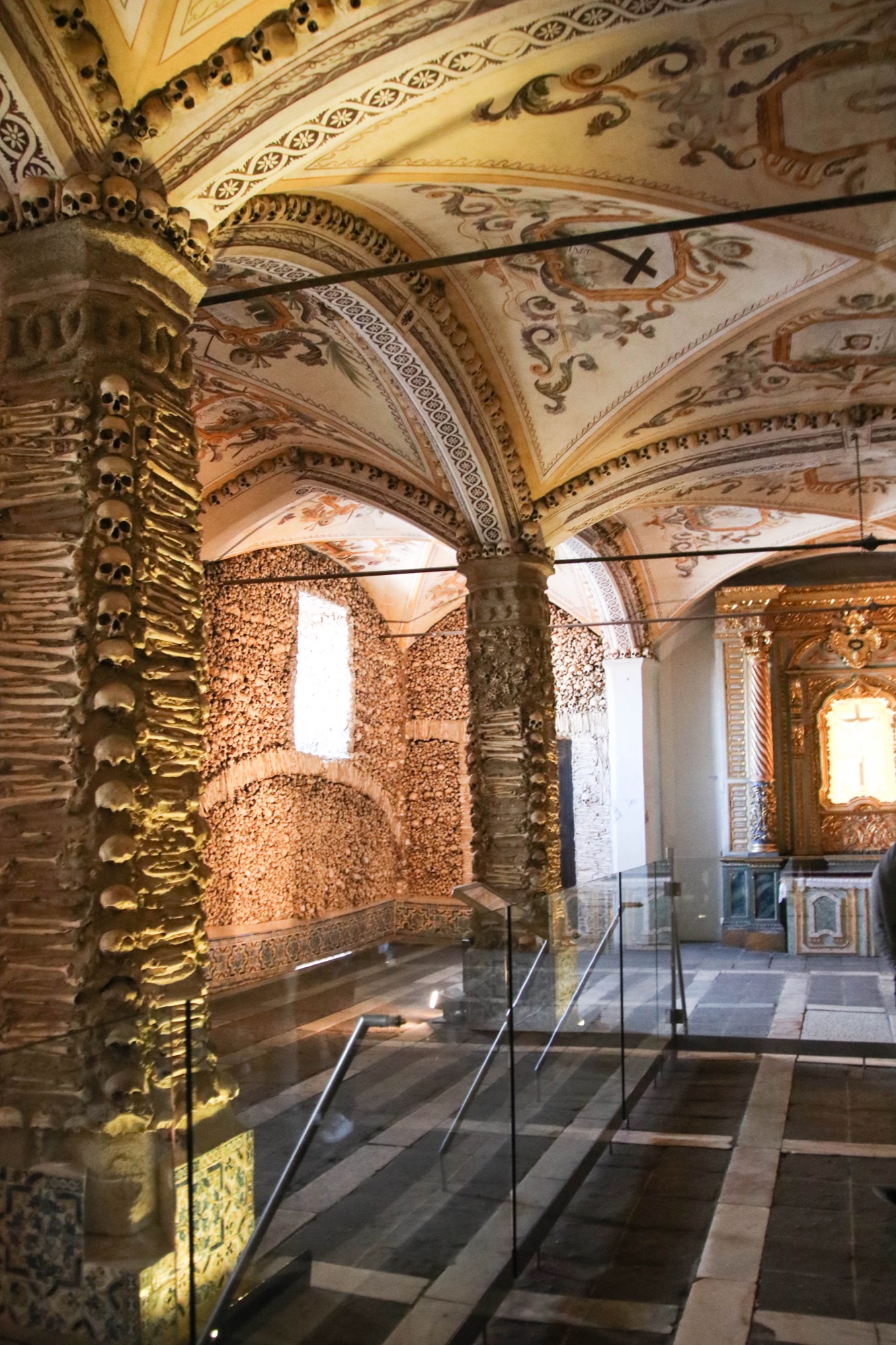

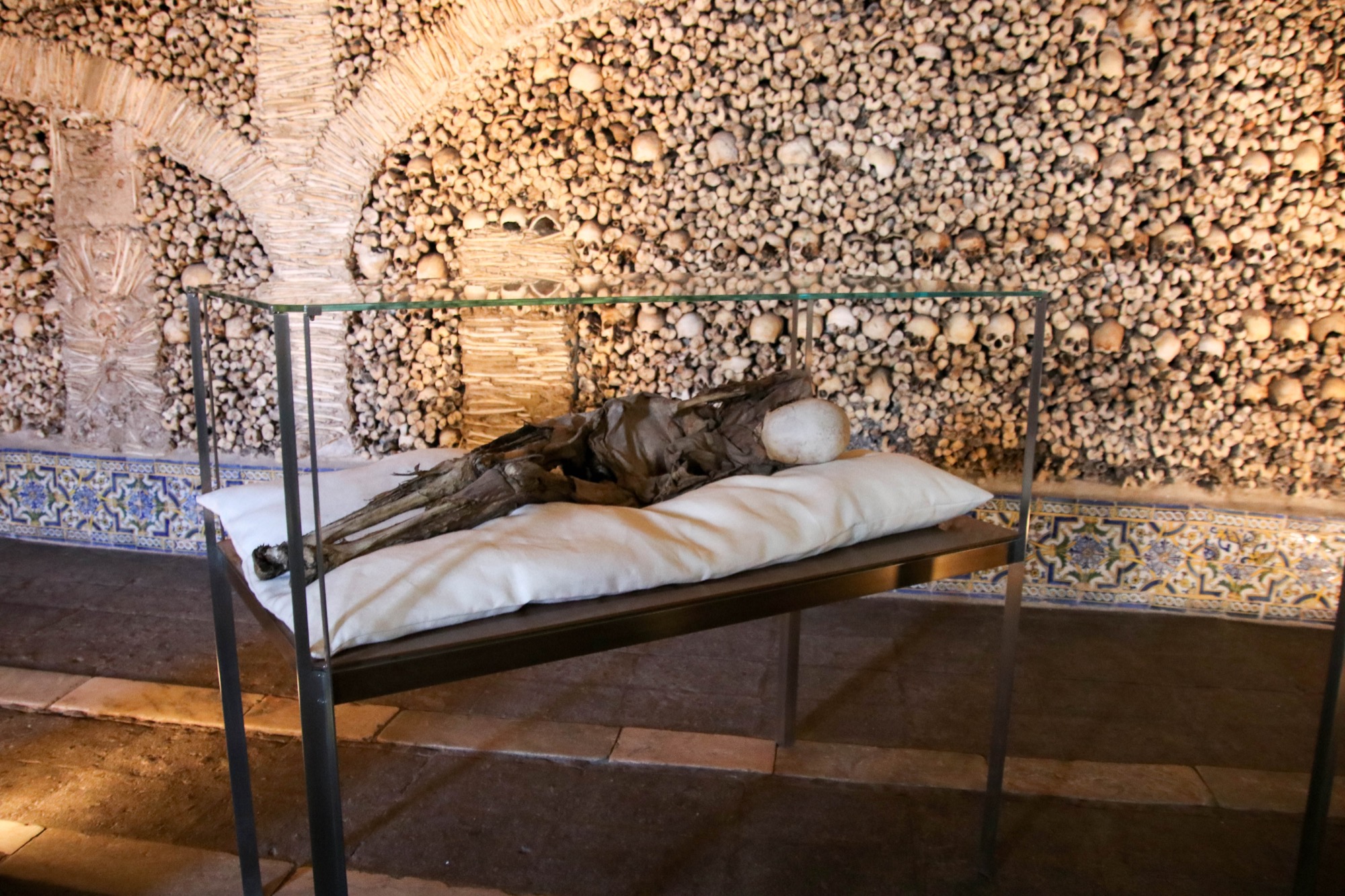
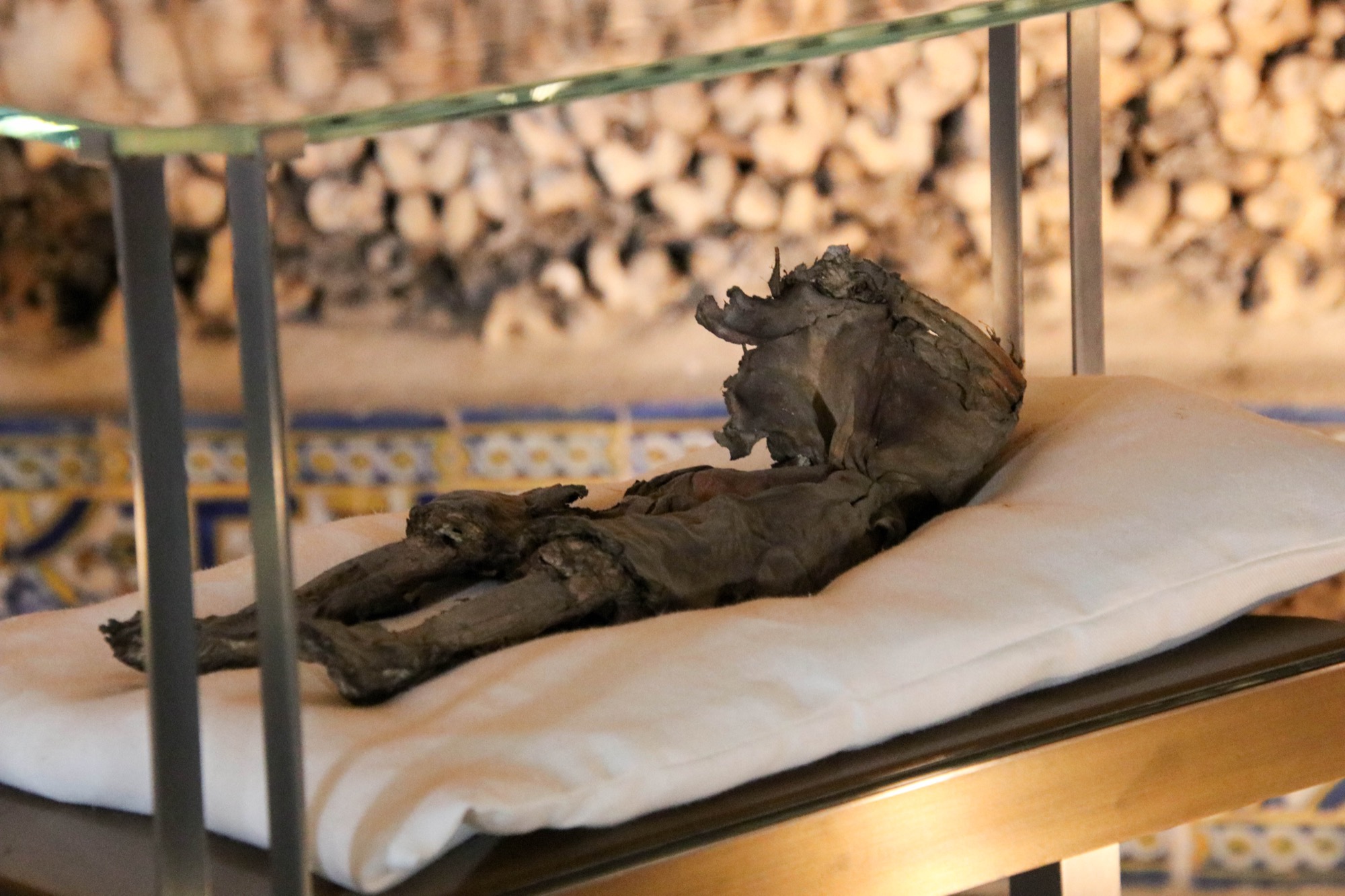

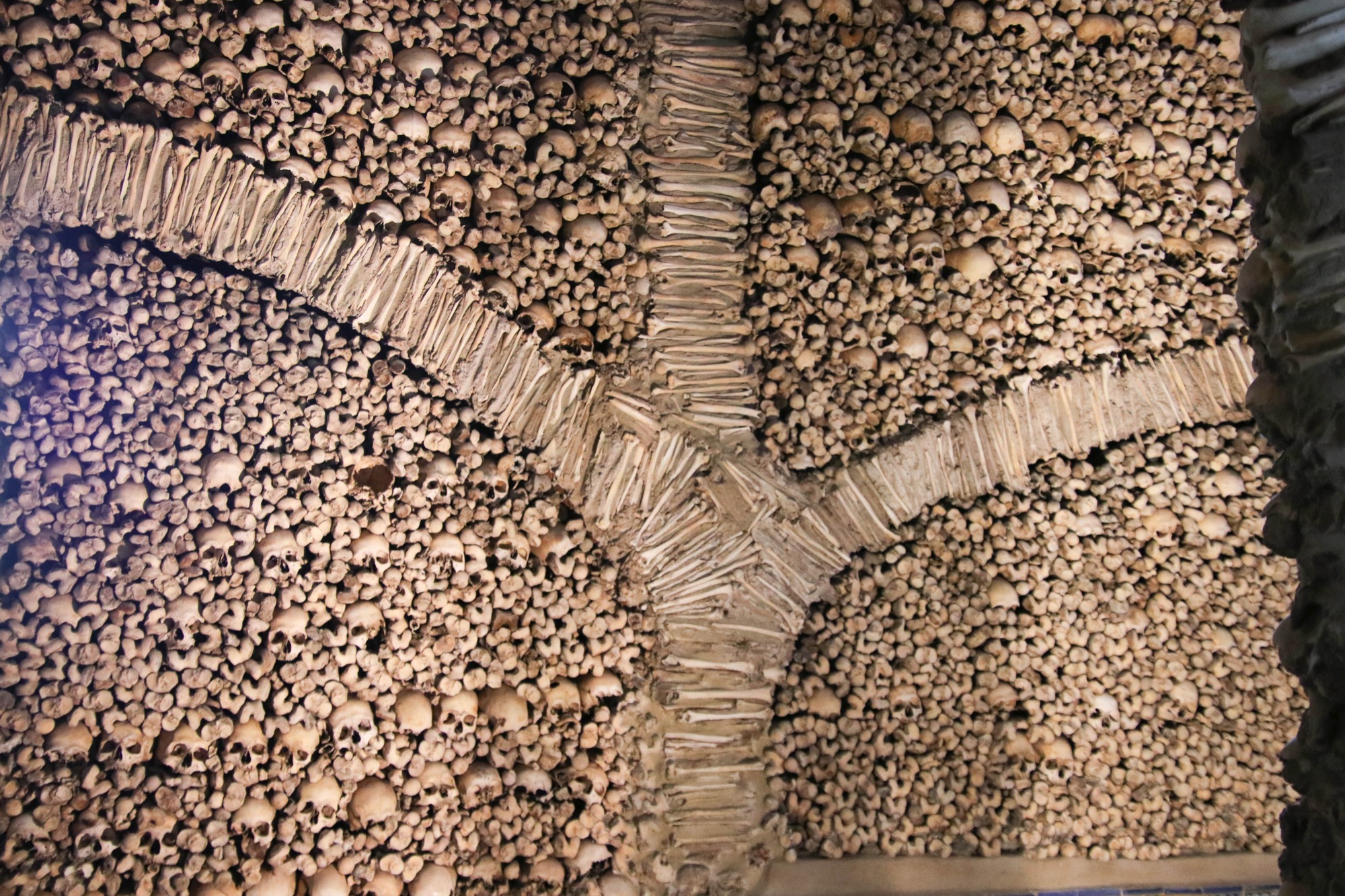
There were many cemeteries in and around Evora that were taking up valuable farmland. When the decision was made by local authorities to dig them up and remove the remains, the monks took in the bones to make the chapel. The purpose of putting the bones on display was to provide local citizens a place to contemplate the transience of life.

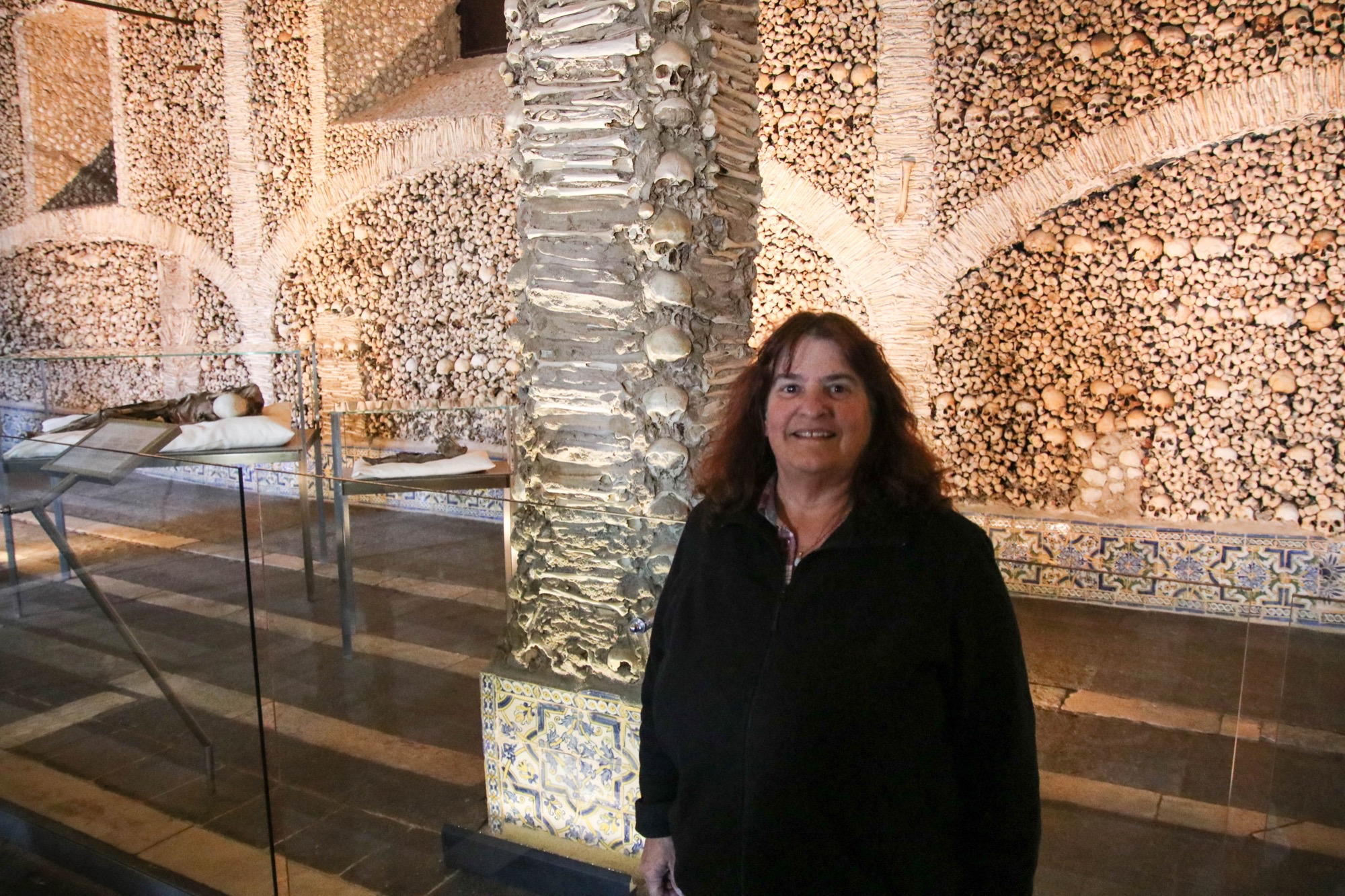

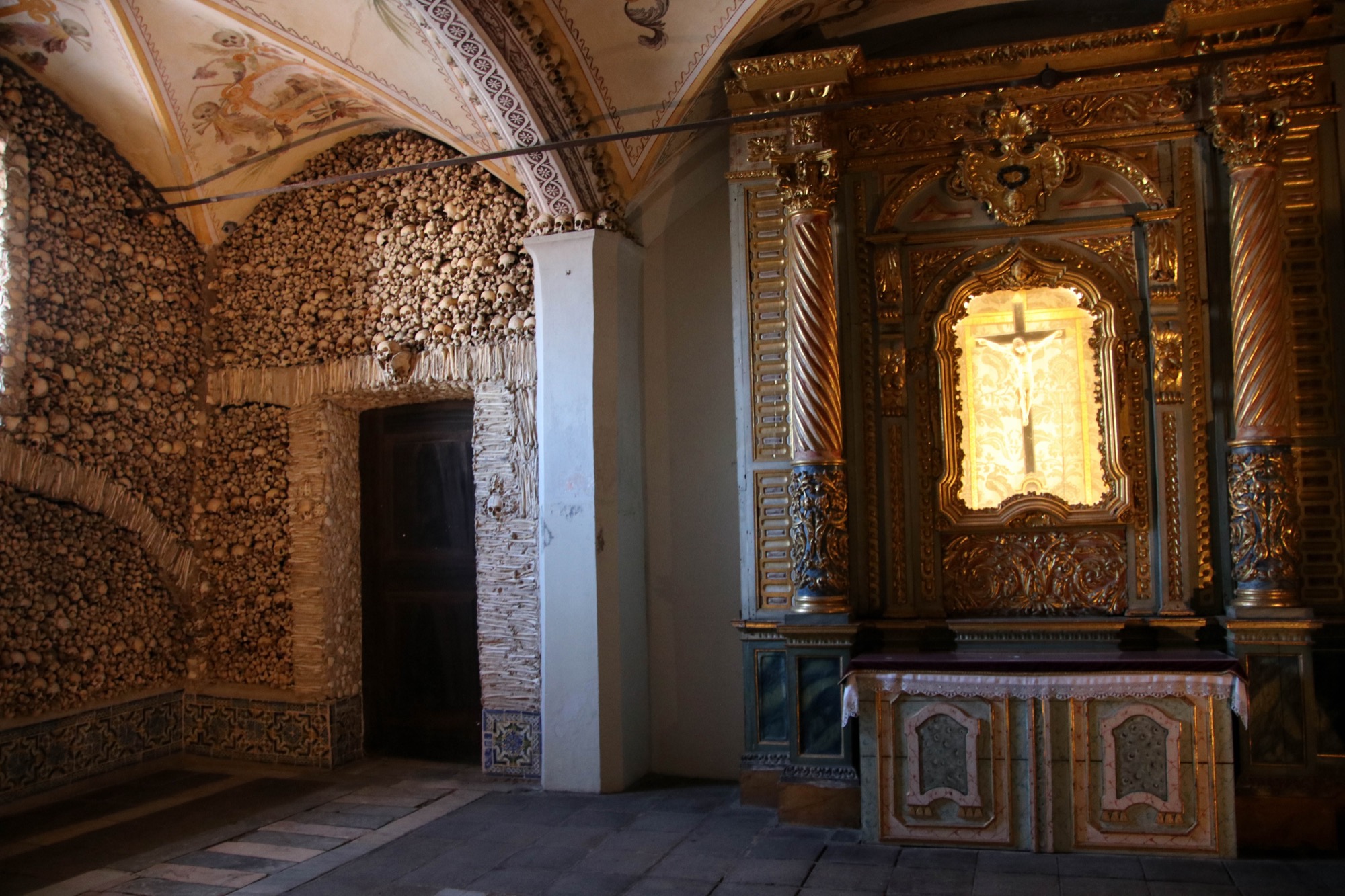

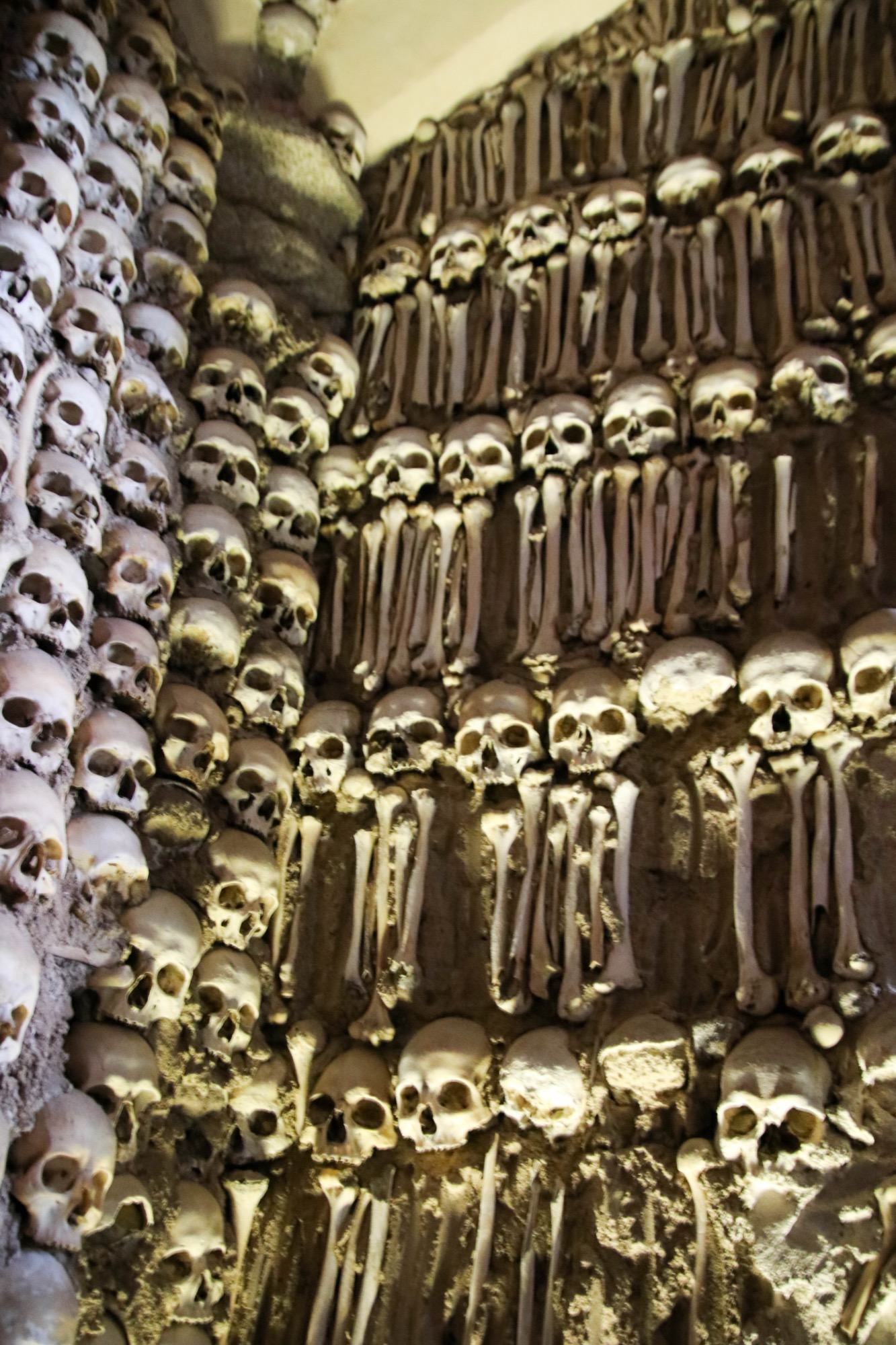
The central square in old town Evora, Giraldo Square, is the location of the town Hall, the Church of Saint Anthony, and the Ruins of the Roman Temple.
The point of interest in the Town Hall building is the Roman baths that date back to the 2nd century. The baths were not discovered until 1987.
